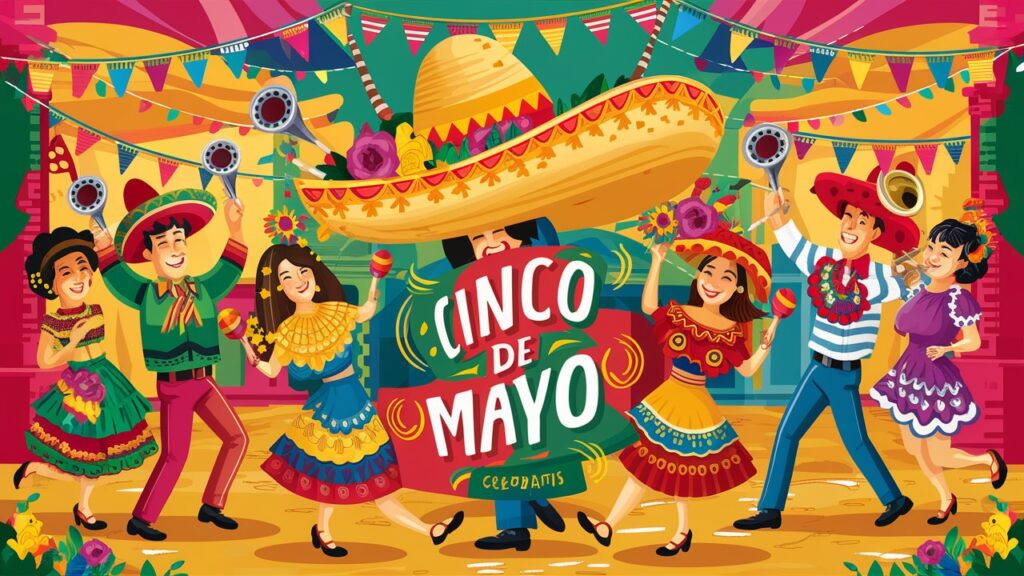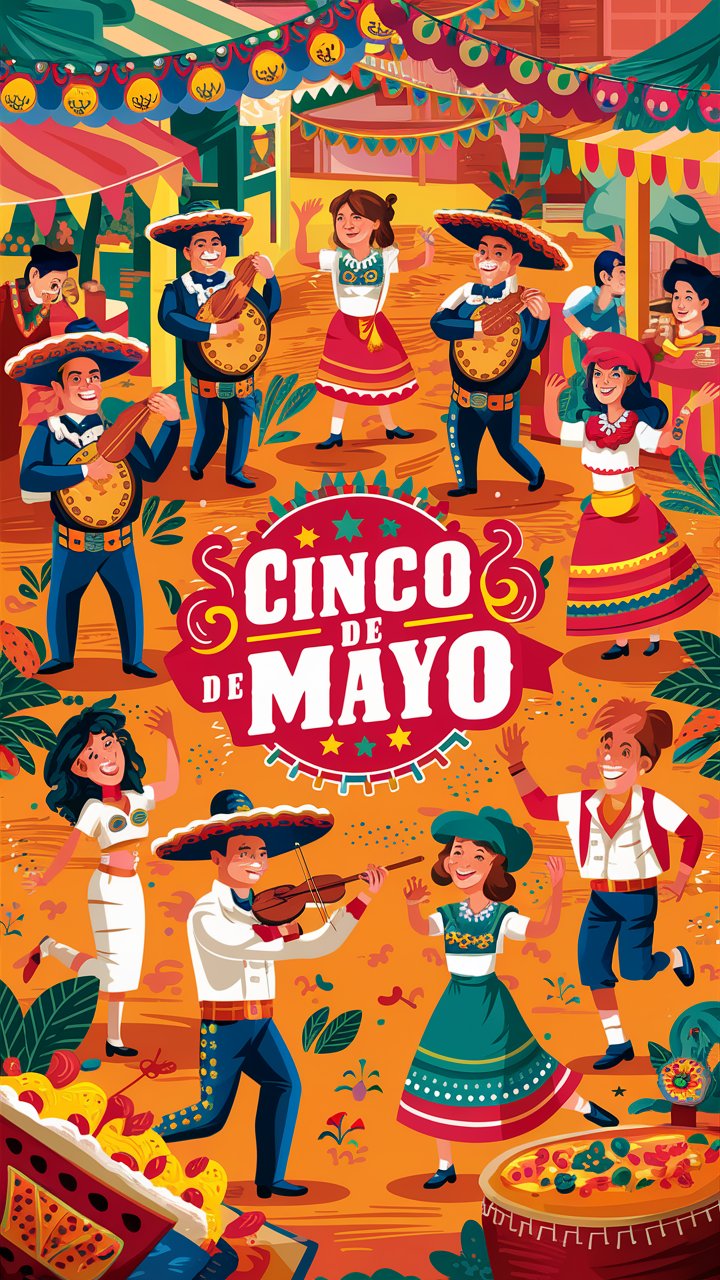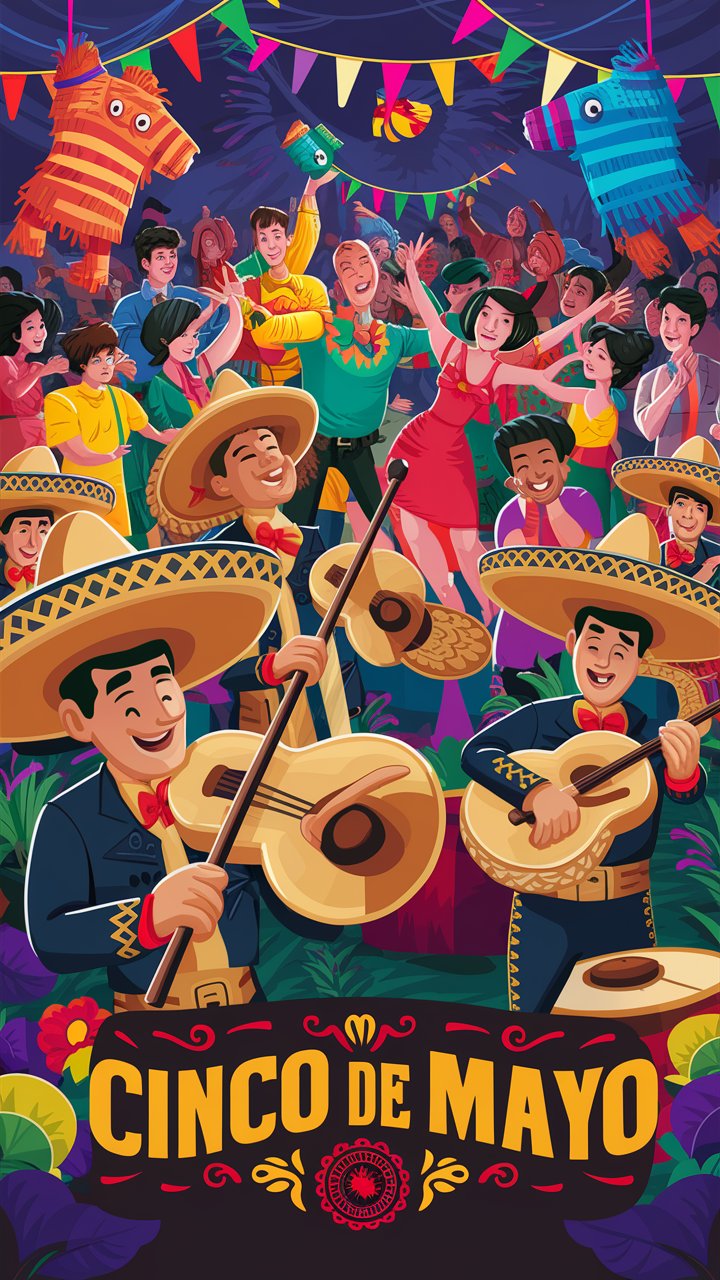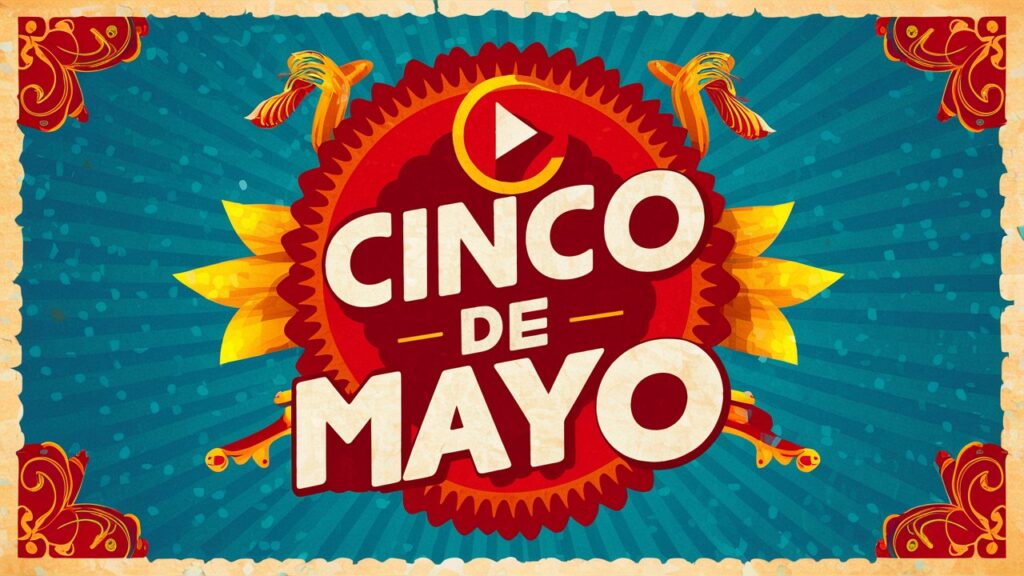The Truth Behind Cinco de Mayo: A Holiday Celebrated More in the U.S. Than Mexico

Cinco de Mayo, a holiday often mistaken as Mexican Independence Day, is celebrated annually on the fifth of May across the United States. Despite its popularity in the U.S., Cinco de Mayo is not a national holiday in Mexico, and Mexicans actually celebrate their independence on September 16. So, what is the significance of Cinco de Mayo, and why do Americans celebrate it?
The Historical Significance of Cinco de Mayo

Cinco de Mayo commemorates the Mexican military’s victory in the 1862 Battle of Puebla during the country’s war with France. In 1861, due to Mexico’s financial struggles, newly-elected president Benito Juárez defaulted on debt payments to Europe, prompting France, Britain, and Spain to send military forces to Veracruz, Mexico, to demand payment.
While Britain and Spain negotiated with Mexico and withdrew, France, under Napoleon III’s leadership, attempted to establish an empire out of Mexican territory. On May 5, 1862, in the Battle of Puebla, Mexican forces, though largely outnumbered, achieved an unlikely victory against the French.
Despite not being a major strategic win, this victory served as a symbolic triumph for the Mexican government. France did not withdraw from Mexico until 1867.
Celebrations in Mexico and the United States
In Mexico, Cinco de Mayo is primarily celebrated in the city of Puebla through military reenactments. For the rest of the country, it is not a national holiday, and businesses operate as usual.
However, celebrations can still be found in other regions, such as the Peñon de los Baños neighborhood of Mexico City. It is important to note that Mexican Independence Day is celebrated on September 16, not on Cinco de Mayo.
In the United States, Cinco de Mayo gained prominence during the 1960s, promoted by activists who identified with the victory of Indigenous Mexicans over European invaders. Today, many Americans view the holiday as an opportunity to celebrate Mexican culture and heritage through parades, parties, and traditional Mexican food and drinks. Celebrations are particularly popular in regions with significant Mexican-American populations, such as Los Angeles, California, which hosts the largest Cinco de Mayo festival in the country, the Fiesta Broadway Festival.

The Commercialization and Criticism of Cinco de Mayo

As Cinco de Mayo has gained popularity in the United States, it has also become increasingly commercialized. Many businesses, particularly in the food and beverage industry, use the holiday as an opportunity to promote Mexican-themed products and specials.
This commercialization has led to some criticism, with concerns that the holiday’s historical significance is being overshadowed by marketing efforts and that some celebrations may promote stereotypes. Additionally, some have criticized the holiday for its focus on drinking and eating, with beer manufacturers and other marketers capitalizing on its festive nature.
There are also concerns that some revelers may embrace offensive stereotypes, such as wearing fake mustaches and sombreros.
Celebrating Cinco de Mayo Respectfully

While Cinco de Mayo is not Mexican Independence Day, it has become a significant holiday in the United States, serving as a celebration of Mexican-American culture and a reminder of the historic Battle of Puebla.
However, as the holiday continues to gain popularity and commercialization, it is important to remember its historical significance and to celebrate in a respectful manner that appreciates Mexico’s rich history and culture.
By understanding the true meaning behind Cinco de Mayo and celebrating it in a way that honors Mexican heritage, Americans can continue to enjoy this festive holiday while also paying respect to its historical roots.



